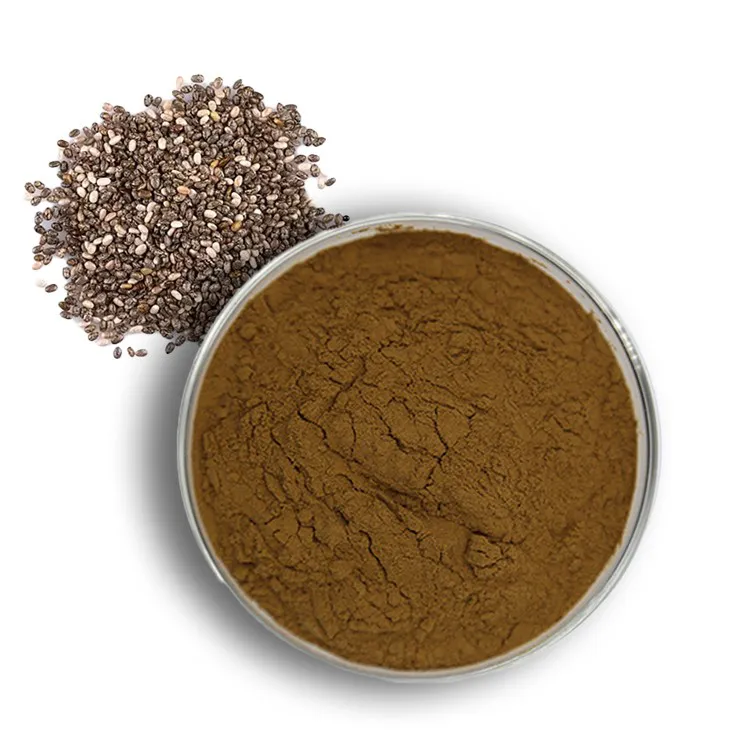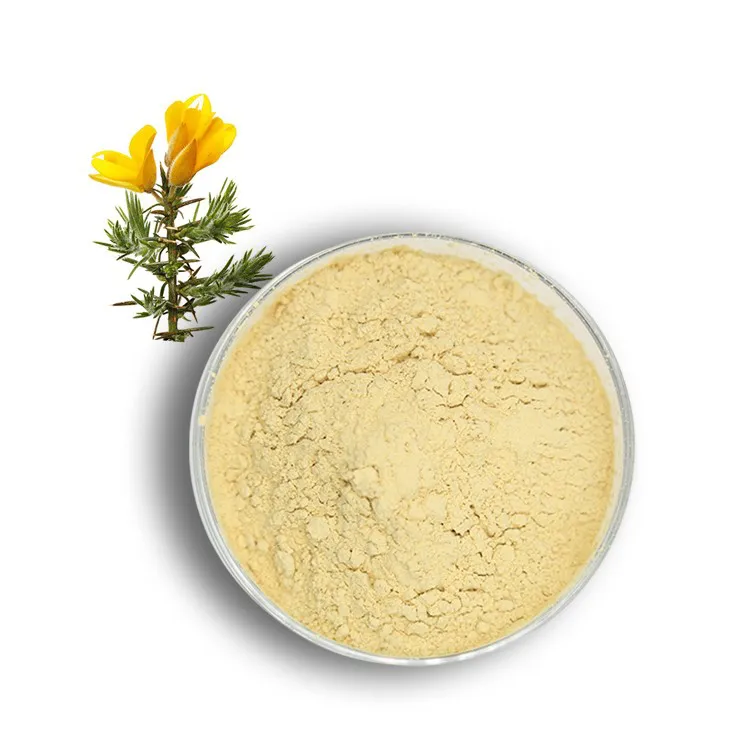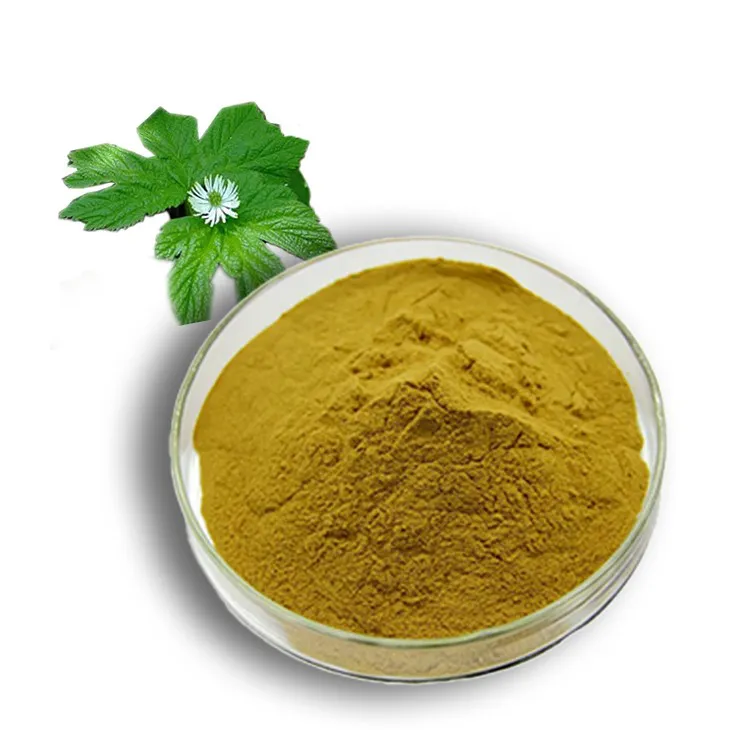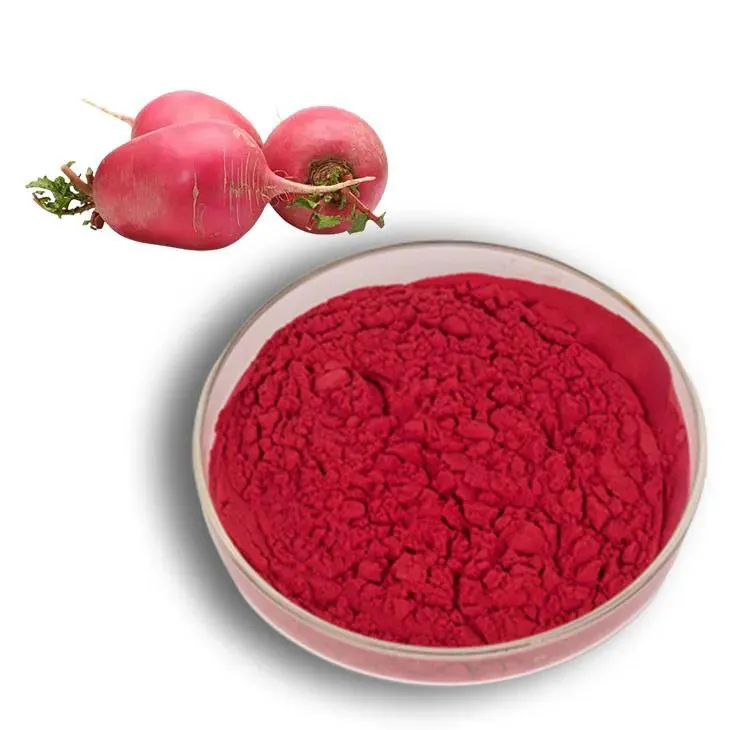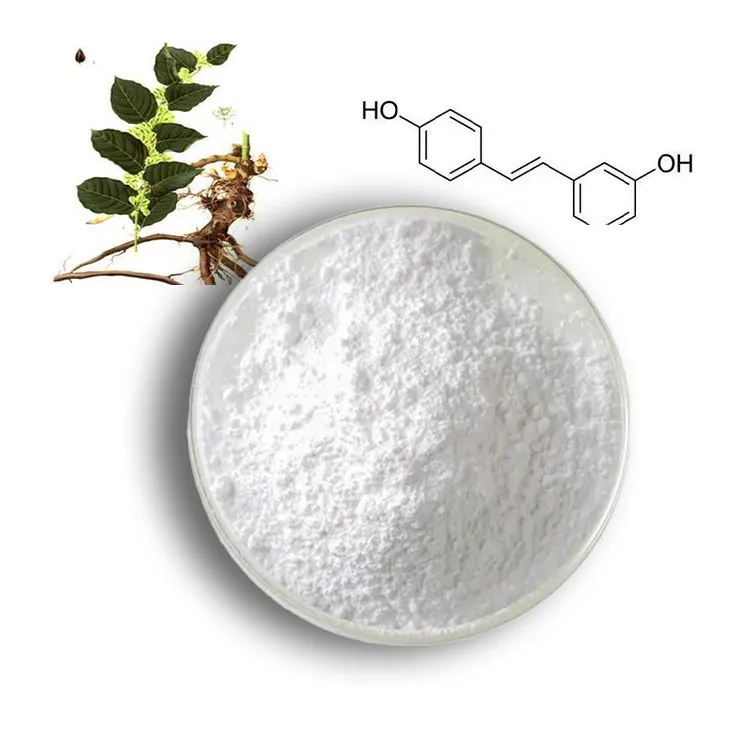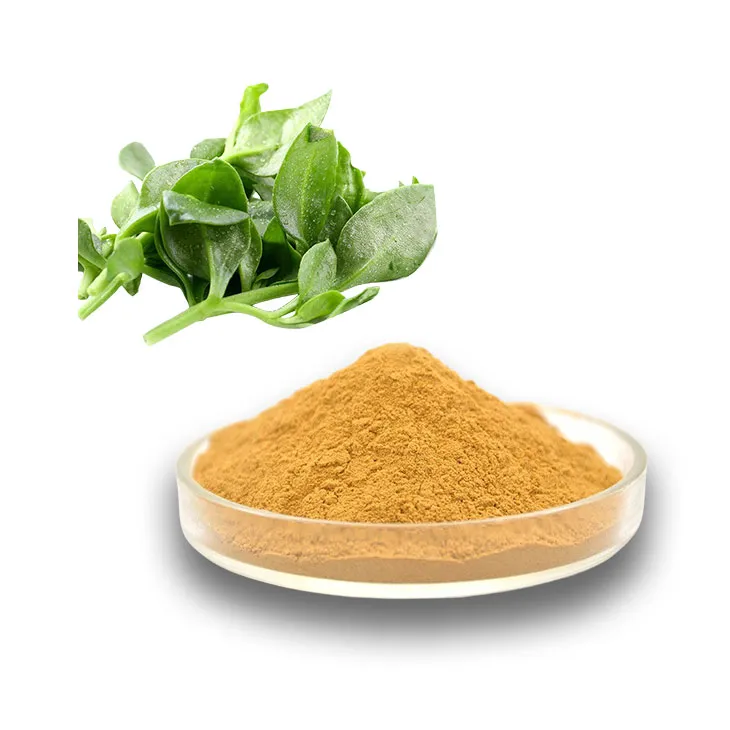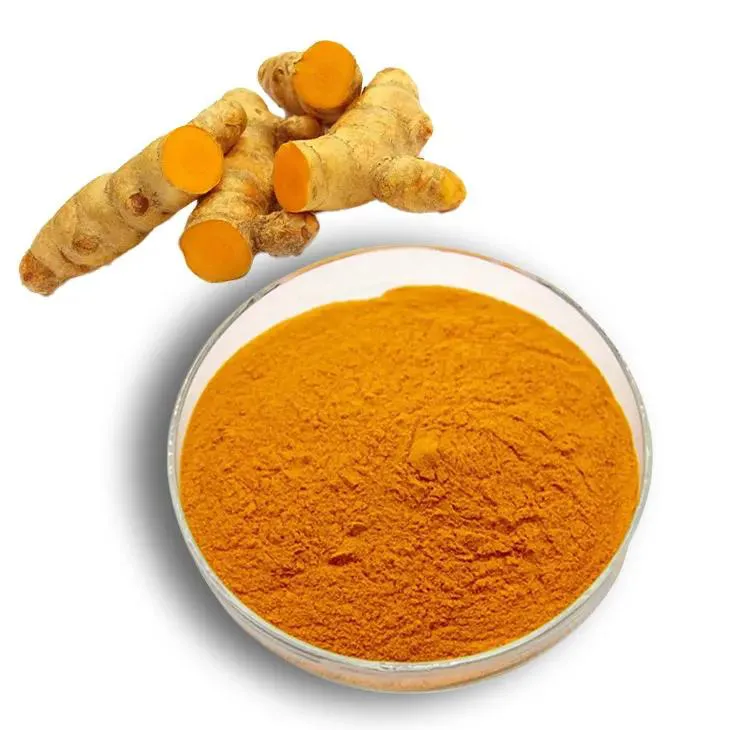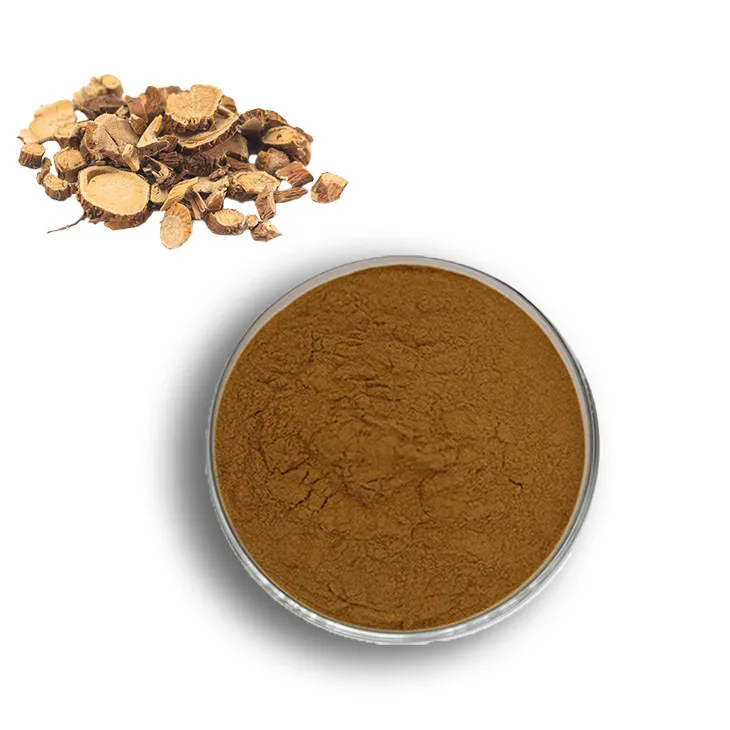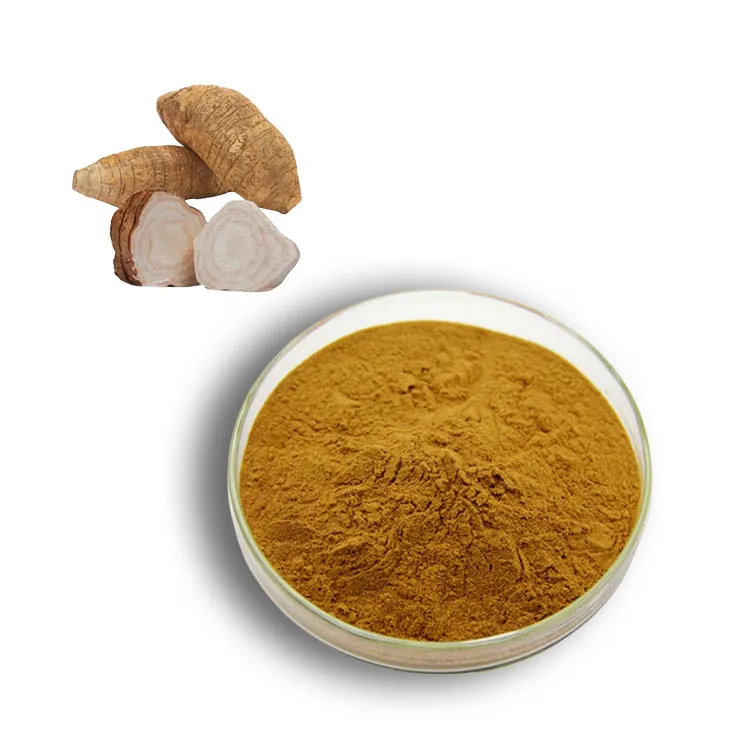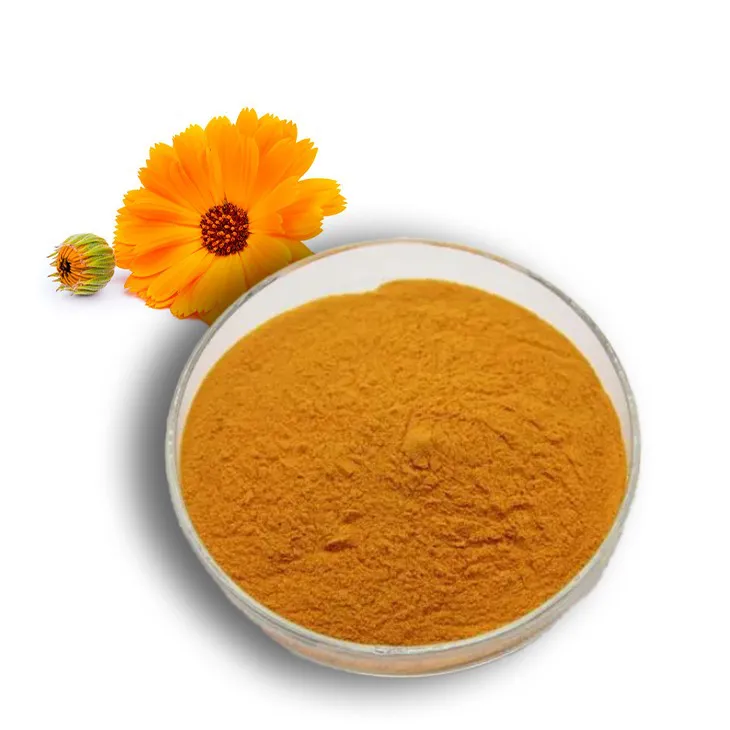- 0086-571-85302990
- sales@greenskybio.com
Creative Culinary Uses of Grape Leaves: Exploring their Versatility and Nutritional Benefits
2025-07-20
Grape leaves, known for their distinctive flavor and texture, play a significant role in various culinary traditions across the globe. While many are familiar with their use in making dolmas—a dish consisting of grape leaves stuffed with rice and meat—their versatility extends far beyond this common preparation. Besides their culinary benefits, grape leaves are also recognized for their nutritional value, boasting an array of vitamins, minerals, and antioxidants. In this article, we delve into the diverse ways grape leaves can be used, highlighting their nutritional profile and offering practical tips for incorporating them into delicious and innovative dishes.
Nutritional Profile of Grape Leaves
Grape leaves are a low-calorie food, rich in essential nutrients. They contain vitamins A, C, K, and several B vitamins, as well as minerals like calcium, magnesium, iron, and manganese. Furthermore, grape leaves are a good source of dietary fiber and contain beneficial antioxidants such as flavonoids and resveratrol, which contribute to their health-promoting properties. These nutrients make grape leaves a healthful addition to a balanced diet, providing anti-inflammatory and cardioprotective benefits.
Traditional Culinary Use: Dolmas
One of the most renowned dishes featuring grape leaves is dolmas, which translates to "stuffed" in Turkish. Popular in Mediterranean, Middle Eastern, and Balkan cuisines, dolmas are typically made by wrapping grape leaves around a savory filling of rice, herbs, and sometimes meat. The dish is often flavored with lemon juice, olive oil, and a mix of spices, creating a delicious and aromatic experience.
Making dolmas involves several steps:
Preparing the Leaves: Fresh grape leaves should be blanched in boiling water until they become tender and pliable. For pre-packaged vine leaves, rinse well to remove excess salt or brine.
Preparing the Filling: This can include rice, finely chopped onions, garlic, pine nuts, currants, and various herbs like mint, parsley, and dill. Seasoning is vital for flavor; typically, salt, pepper, and spices like cinnamon or allspice are used.
Rolling the Dolmas: Place the leaf vein-side up, add the filling near the stem end, and fold the sides over the filling before rolling up the leaf tightly.
Cooking the Dolmas: Arrange the rolls snugly in a pot, drizzle with olive oil and lemon juice, then cover with more grape leaves or a plate to weigh them down. Simmer in water or broth until the rice is cooked.
Beyond Dolmas: Innovative Uses for Grape Leaves
The culinary possibilities of grape leaves extend far beyond traditional dolmas. Here are some creative and delicious ways to utilize grape leaves in your cooking repertoire:
Grape Leaf Wraps: Use grape leaves as an alternative to tortillas or flatbreads for wraps. They pair well with Mediterranean vegetables, grilled chicken, falafel, or fresh salads, adding a unique flavor and nutritional boost to your meal.
Grape Leaf Sauces and Pestos: Blended with olive oil, garlic, nuts, and herbs, grape leaves can create flavorful sauces and pestos. This preparation can be used to amp up the taste of pasta dishes, sandwiches, and grilled meats.
Stuffed Grape Leaves with Different Ingredients: Experiment with various fillings such as quinoa, couscous, lentils, or bulgur wheat with mixed vegetables and spices. These variations allow vegetarians and vegans to enjoy the classic dish with their preferred dietary adjustments.
Grape Leaf-Wrapped Fish or Meat: Develop flavorful entrees by wrapping fillets of fish or cuts of meat with grape leaves. This method imparts a subtle herbal note during grilling, baking, or steaming, keeping the protein moist and tender.
Grape Leaf Soup: Add chopped grape leaves to soups for an enriched flavor and texture enhancement. They work well in vegetable and chicken soups, providing a slightly tangy profile.
Pickled Grape Leaves: Create pickled versions for long-term storage and use them in salads and garnishes. Simply brine fresh grape leaves in a mixture of vinegar, water, salt, and spices.
Rice Pilafs and Risottos: Garnish or mix grape leaves into rice dishes. The leaves add complexity and distinguish flavors in pilafs and risottos, enhancing the overall dining experience.
How to Preserve Grape Leaves
For those who love using grape leaves year-round, preserving fresh leaves ensures availability. Here are a few methods:
Freezing: Lay cleaned, blanched leaves flat and stack them into bundles. Wrap in plastic or foil, then store in a freezer bag. This process retains texture and flavor for months.
Canning: Preserve grape leaves by rolling individual or small stacks and canning them in a brine solution. Boil thoroughly and store in sterilized jars for extended shelf life.
Drying: Dry leaves and store them in an airtight container. Rehydrate before use by soaking in warm water until pliable.
Tips and Precautions
When utilizing grape leaves, consider these tips to optimize flavor and function:
Fresh grape leaves should be tender, preferably picked in late spring and early summer when they are young and supple.
Ensure any pre-packaged grape leaves are rinsed to remove salt, brine, or preservatives.
To access leaves, consider visiting local farmers' markets or specialized Mediterranean or Middle Eastern grocery stores.
Precautions:
Individuals with allergies to grapes should avoid grape leaves as they might trigger allergic reactions.
Consume in moderation for individuals with high blood pressure, particularly when using brined or salted preserved leaves.
Conclusion
Grape leaves offer a vast array of culinary uses beyond traditional dishes, adaptable to various cuisines and types of meals. With their distinctive flavor, texture, and nutritional value, grape leaves enrich dishes while providing significant health benefits. By exploring new recipes, preservation techniques, and creative culinary ideas, grape leaves can become an exciting and integral part of any culinary repertoire.
Whether you're making classic dolmas or experimenting with new dishes, grape leaves present an opportunity for innovation and healthful eating. Cooks and food enthusiasts alike can enjoy crafting flavorful dishes while reaping the nutritional advantages grape leaves impart, ultimately enhancing both meal enjoyment and well-being.
- ▶ Hesperidin
- ▶ Citrus Bioflavonoids
- ▶ Plant Extract
- ▶ lycopene
- ▶ Diosmin
- ▶ Grape seed extract
- ▶ Sea buckthorn Juice Powder
- ▶ Fruit Juice Powder
- ▶ Hops Extract
- ▶ Artichoke Extract
- ▶ Mushroom extract
- ▶ Astaxanthin
- ▶ Green Tea Extract
- ▶ Curcumin
- ▶ Horse Chestnut Extract
- ▶ Other Product
- ▶ Boswellia Serrata Extract
- ▶ Resveratrol
- ▶ Marigold Extract
- ▶ Grape Leaf Extract
- ▶ New Product
- ▶ Aminolevulinic acid
- ▶ Cranberry Extract
- ▶ Red Yeast Rice
- ▶ Red Wine Extract
-
Chia Seed Powder
2025-07-20
-
Genistein
2025-07-20
-
Golden Seal Extract
2025-07-20
-
Beetroot juice Powder
2025-07-20
-
Resveratrol extract
2025-07-20
-
Andrographis Paniculata Extract Powder
2025-07-20
-
Curcuma Longa Extract
2025-07-20
-
Sophora Flavescens Root Extract
2025-07-20
-
Pueraria Lobata Extract
2025-07-20
-
Calendula Extract
2025-07-20











